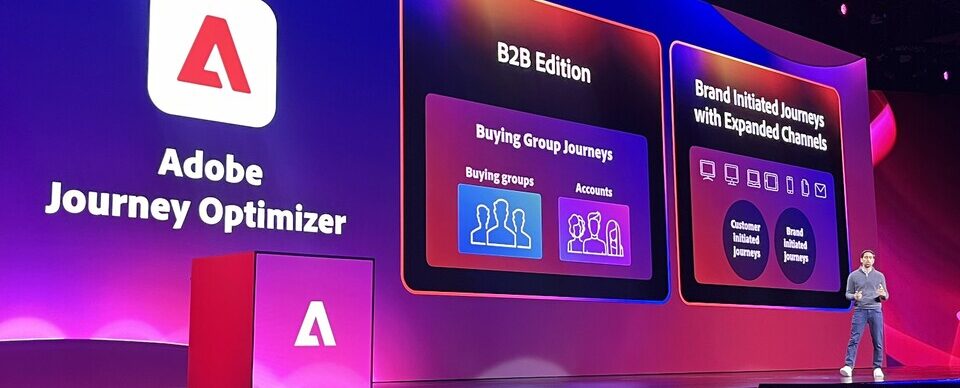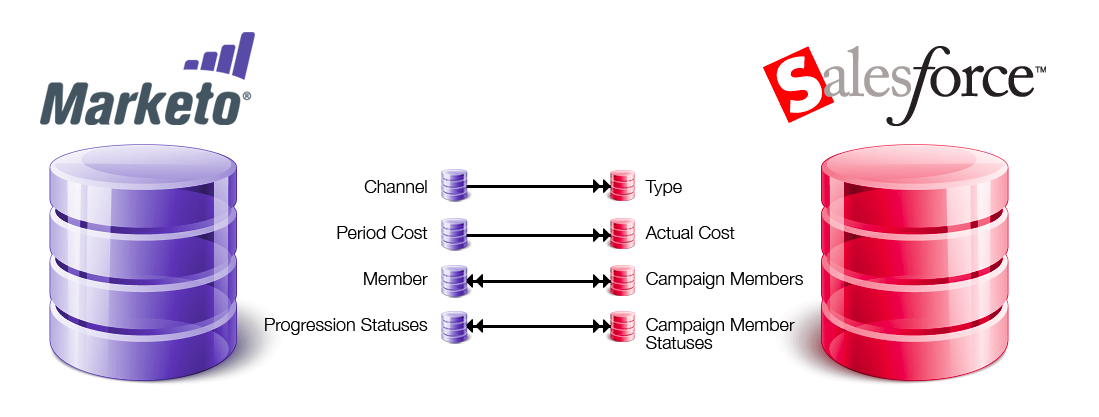As marketers managing brands and knowing when to use a drip or nurture email campaign can be a complex decision. Understanding the campaign goal and what the audience looks for is essential. If the strategy is to send emails regardless of the recipient’s interaction, then use a drip campaign. If the preference, though, is to send messages based on the interaction of the lead, then a nurture campaign would apply.
Drip email campaigns are a great way to keep an audience engaged. They can be scheduled or manually sent. A drip campaign is designed to slowly build relationships with leads, customers, clients, or subscribers by delivering a series of emails at a prearranged time. This can work very well for sales and lead nurturing, which creates interest in the product or service with potential customers and eventually turns them into buyers.
Nurture email campaigns are aimed at relationship-building and getting to know the audience. They’re more about the customer’s connection and interest in the product. Increased engagement with clicked links or forms filled out is a good indicator of a successful campaign—engagement level matters. Knowing where the customer is in the buying journey is crucial for determining the next steps in the nurture plan, as they will be used as part of the sales process.
Choosing either a drip or nurture email campaign or both in brand management will depend on the business marketing strategy. Both can generate solid leads and new customers.
RightWave provides a variety of marketing products and services delivering worldwide email marketing campaigns including several tools for promoting marketing initiatives.
For more information on marketing services for B2B companies, Contact RightWave




